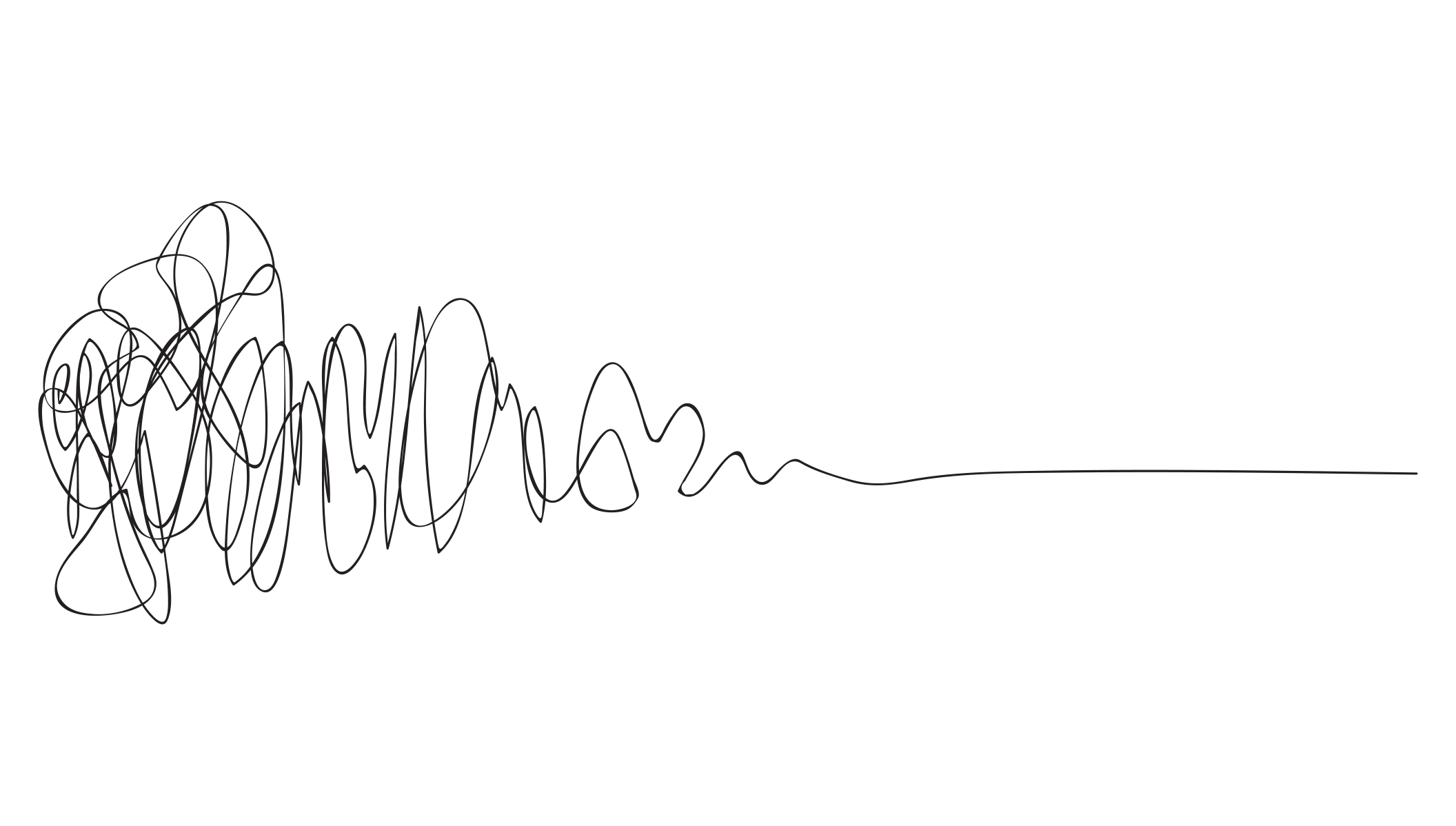Art · Dominik Mayer · Products, Asia, Productivity
Paul Simon
Paul Simon explains how he wrote Bridge Over Troubled Water and Mrs. Robinson.
I like this line:
Everywhere I went, led me where I didn’t wanna be, so I was stuck.
Nian
Every Chinese New Year, Apple commissions a short film.
This year it’s about the mythical Nian. Wikipedia explains:
Once every year at the beginning of Chinese New Year, the nian comes out of its hiding place to feed, mostly on men and animals. During winter, since food is sparse, he would go to the village. He would eat the crops and sometimes the villagers, mostly children. […] The weaknesses of the nian are purported to be a sensitivity to loud noises, fire, and a fear of the color red.
Hence the fireworks, noises and the red color everywhere. I remember riding my bike through Shanghai on Chinese New Year with things exploding left and right. It felt like crossing a battlefield.
Here’s the making-of video to the short film with director Lulu Wang and colleagues touting the iPhone 12 Pro Max as a cinema camera:
Waves
d’strict specializes in “designing, making, and delivering breathtaking visual content on Digital Out of Home”:
Our first case of IP licensing, ‘WAVE’ with anamorphic illusion has been successfully revealed on a magnificent DOOH of COEX K-POP SQUARE, the largest & high-definition outdoor advertising screen in S.Korea at 80.1m (w) x 20.1M (h).
Another wave:
And waves made of balls:
The Design Squiggle
Damien Newman created a squiggle to symbolizes the design process from research on the left via concept and prototyping in the middle to the final design on the right.

The Process of Design Squiggle by Damien Newman, thedesignsquiggle.com
Oak Felder
Apple:
Follow hitmaking, Grammy-nominated songwriter and music producer Oak Felder as he creates a new song. Along the way, he speaks about music production, creating his own unique sound, working with the world’s top artists, and what it means for young artists to have access to powerful technology.
One Day I'll Stay Over There
35 years ago Gert Steinbäcker wrote this hymn of all expats (my translation):
Last summer was pretty nice
I was lying at some bay
The sun like fire on my skin
You smell the water and nothing’s loud
Some place in Greece
Loads of white sand
On my back just your hand
I’m not too happy with this full translation but it gives you an idea of what the song is about.
Linear
German artists Wolfgang Aichner and Thomas Huber went on a 4-week art performance, carrying an oversized pen painting a virtual rectangle over the scenic landscape of three US states.
In the past they pulled a red boat over the alps and carried out a powerwalk in Iceland.
Thomas Huber painted the Buntschwein I bought in 2014.
Heads Up: The Oral History of Iron Man’s Original HUD
Visual effects and animation journalist Ian Failes (isn’t that an amazing title?) interviewed the creators of the original Ironman heads-up display.
Kent Seki: I have to say that ‘First Flight’, in which Tony dons his silver Mark II suit, is one of my favourite parts. In the beginning of the sequence, you see components of the armour being applied, followed by a POV of the mask coming up to his face, then the very first HUD shot of Tony as the graphics turn on. This is the moment where the HUDs could succeed or fail. Luckily for us, we got things more right than wrong. The audience was with us.
That’s what it looks like in the movie:
Daughter
Also check out the behind the scenes video:
Wanderers
What if we could live on the other planets of the Solar System? Here’s Erik Wernquist’s take. He writes:
The film is a vision of our humanity’s future expansion into the Solar System. Although admittedly speculative, the visuals in the film are all based on scientific ideas and concepts of what our future in space might look like, if it ever happens. All the locations depicted in the film are digital recreations of actual places in the Solar System, built from real photos and map data where available.
Five A350 Flying in Formation
This is amazing.
1.5 Million Balloons
Viral Forest:
In 1986, organizers with United Way of Cleveland thought they had the perfect idea to generate a little publicity and create a beautiful spectacle in the process. With a crowd of volunteers working all hours, they filled 1.5 million helium balloons, and released them all at once. Unfortunately, they had no idea the terrible consequences they would unleash by doing so, and their tragic mistake led to the deaths of two people and millions of dollars in damages through lawsuits.
Check the article for some great photos.
Computer Generated Rooms
60 to 75 percent of all IKEA product images and 35 percent of all non-product images are computer generated. Kirsty Parkin looks into how it all works.